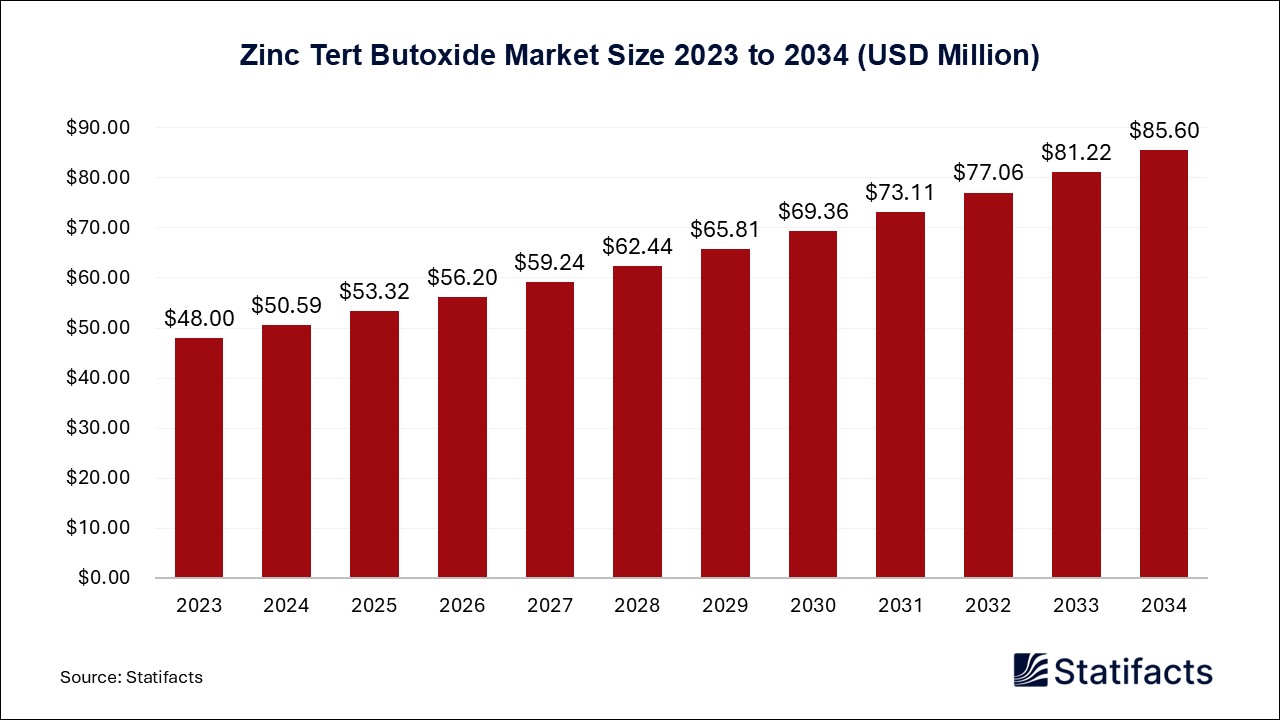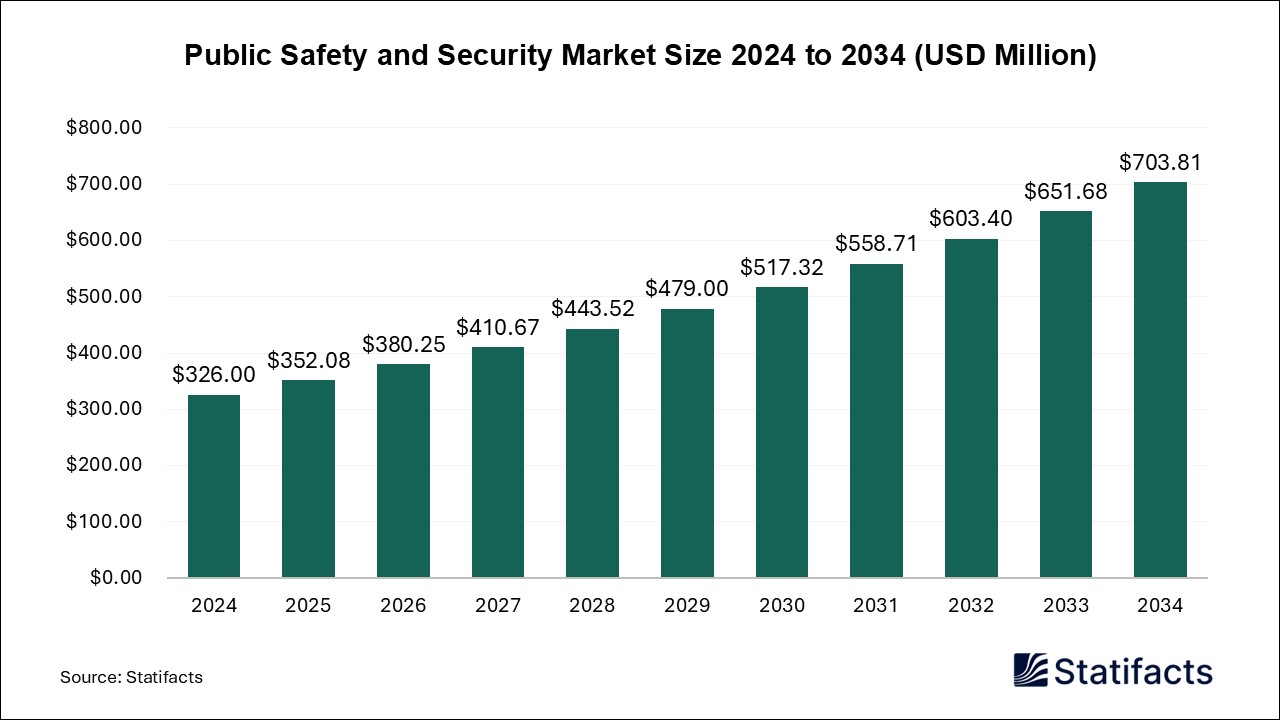

Our customers work more efficiently and benefit from
The global drug and gene delivery systems market size accounted for USD 727.45 million in 2024 and is expected to exceed around USD 1,754 million by 2034, growing at a CAGR of 9.2% from 2025 to 2034.
| Industry Worth | Details |
| Market Size in 2024 | USD 727.45 Million |
| Market Size in 2025 | USD 794.38 Million |
| Market Size by 2034 | USD 1,754 Million |
| Market Growth Rate from 2025 to 2034 | CAGR of 9.2% |
The drug and gene delivery systems market is witnessing rapid growth due to the continual development in biotechnologies, nanotechnologies, and genetic engineering. Such systems render the targeted and efficient administration of therapeutic agents, thus enhancing the treatment's efficacy and patient outcome. An increasing request for precision medicine and the preference for non-invasive drug delivery solutions will also drive the market. Furthermore, continuous research in nanocarriers, viral vectors, and biocompatible polymers is predicted to transform drug and gene delivery systems, making treatment effective and affordable globally.
There are several reasons for the rising prevalence of chronic diseases, including cancer, diabetes, and neurological disorders, which have led to an increased demand for targeted drug delivery systems. As overall global healthcare expenditure has gone up since the 1900s, public health has improved both in developed and emerging economies. This has led to longer lifespans as both the prevalence and burden of chronic disease continue to grow. This has led to higher demand for drug delivery systems. These systems directly target diseased cells, delivering therapeutic payloads, thus enhancing therapeutic efficacy with much fewer side effects. Nanocarriers based on nanotechnology, liposomes, and systems based on polymers have greatly increased the solubility and bioavailability of drugs, which are supposed to be an integral part of modern healthcare.
Gene therapy emerges as a promising strategy for treating rare genetic disorders, genetic diseases, and certain types of cancer. Innovations such as the use of viral vector-based delivery systems, CRISPR-Cas9 gene editing, and non-viral gene delivery methods have extended the horizon of gene therapies. Growing approvals from regulatory bodies for gene therapy products would also act as a catalyst for the use of gene delivery technologies and hence create various new opportunities for drug and gene delivery systems market growth.
The pharmaceutical and biotechnology sectors are generating substantial amounts of interest and investment, a lot of which is directed into the drug and gene delivery systems market to enable enhanced treatment modalities to improve overall efficacy and ultimately benefit patient outcomes. Government support, private funding, especially from large pharmaceutical companies, and collaborations between research institutions and corporations are accelerating the development of next-generation delivery systems. In addition, AI-driven drug designs and personalized medicine will kindle innovation in this space.
Notwithstanding its positive growth prospects, the drug and gene delivery systems market encounters impediments from exorbitant development costs and rigorous regulatory policies put in place to ensure patient safety. The complexity of developing a safe and effective delivery system necessitates a battery of clinical trials, which greatly inflates the research and development spending. The regulatory authorities impose stringent guidelines on drug and gene therapies, which increase the time taken for approval and thereby obstruct the growth of the market.
Artificial intelligence has revolutionized the drug and gene delivery systems market by defining drug formulations, optimizing their targeting, and streamlining clinical trials. AI-driven predictive modeling allows researchers to conduct protein mapping at much faster rates and design more efficient delivery systems, thus reducing time-to-market and enhancing drug efficacy. Besides this, AI has also been a key enabler for precision medicine, as it examines patient-specific genetic data to enable tailored drug and gene therapies. These advancements are envisaged to accelerate innovation and steer market growth.
Opportunities for market expansion have been created by increased investments in healthcare, the construction of infrastructure, and growing awareness of innovative treatments. A slowly transforming industry is currently moving toward the use of non-invasive drug delivery solutions, such as transdermal patches, inhalable drugs, and microneedle-based systems, primarily to improve patient comfort and compliance. This area of research is expected to pave the way toward innovative breakthroughs.
The increased focus on personalized medicine is driving the need for customized drug delivery systems that should be tailored to the needs of unique individual patients. AI, genomics, and 3D printing advancements offer the possibility for the discovery of highly specific and effective treatment solutions, making personalized medicine the foremost driving factor for the drug and gene delivery systems market’s future growth.
Published by Laxmi Narayan , March 2025
For any questions about this dataset or to discuss customization options, please write to us at sales@statifacts.com
| Stats ID: | 8056 |
| Format: | Databook |
| Published: | March 2025 |
| Delivery: | Immediate |
| Price | US$ 1550 |



| Stats ID: | 8056 |
| Format: | Databook |
| Published: | March 2025 |
| Delivery: | Immediate |
| Price | US$ 1550 |

You will receive an email from our Business Development Manager. Please be sure to check your SPAM/JUNK folder too.

Unlock unlimited access to all exclusive market research reports, empowering your business.
Get industry insights at the most affordable plan
Stay ahead of the competition with comprehensive, actionable intelligence at your fingertips!
Learn More Download
Download

